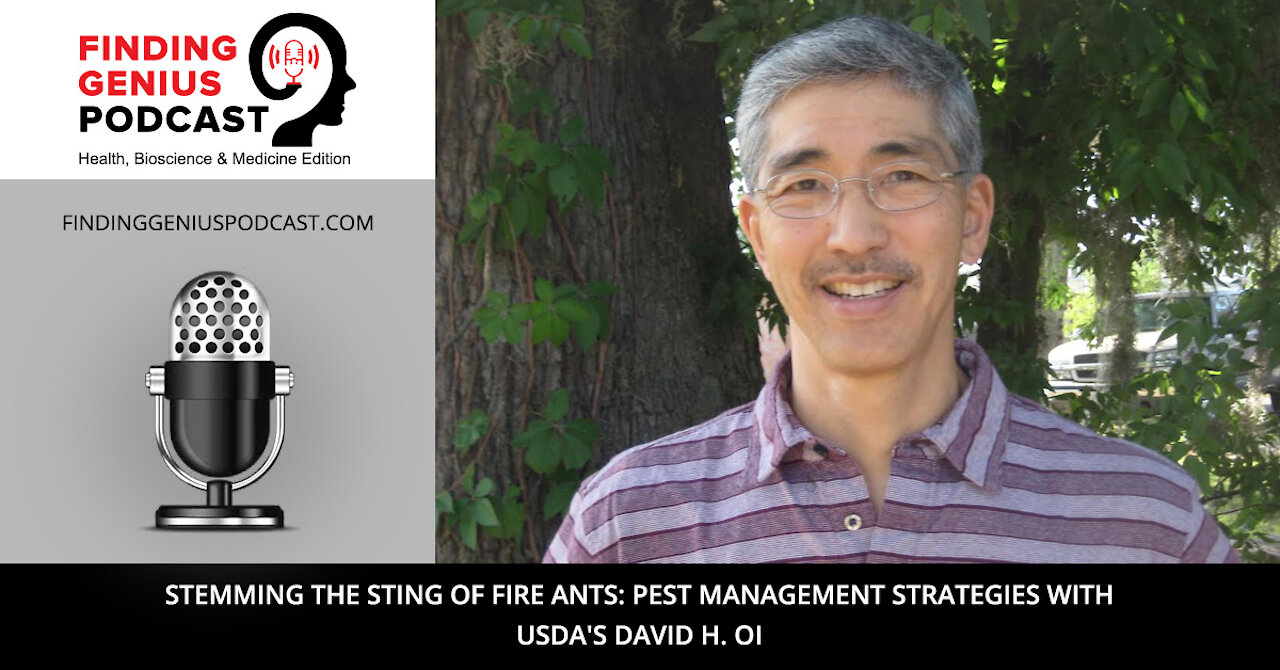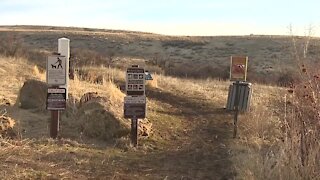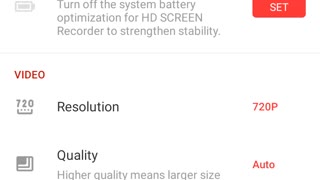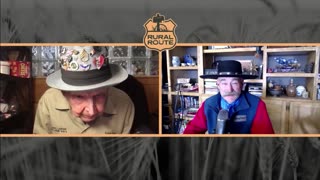Premium Only Content

Stemming the Sting of Fire Ants: Pest Management Strategies with USDA's David H. Oi
It just takes one sting to make sure your eyes are on the ground in fire-ant country. Walking across a field in the southern United States often includes a quick scan for any telltale nest mounds. More than memorable, fire ants also are problematic for agriculture.
Guest David H. Oi fills in the background and tells listeners
Why they're considered invasive ants and how they came to North America;
What's their ecology, including prey, habitat, and possible predators; and
What control methods, past and present, are used by the USDA as well as potential future measures.
Research entomologist David H. Oi opens up the world of the fire ant for listeners, taking us along their "small and sneaky" paths. These ants are not native to North America, but made their way here in the '30s via imported goods arriving in Mobile from South America. They spread rapidly and easily, which is part of the reason they're considered invasive: the ability to out-compete native species and lack of any formidable predator, resulting in a negative impact. They USDA therefore gave them this special designation because of public health and agricultural concerns.
Fire ants are omnivorous, so their food choices are plenty, and range from young quail to baby sea turtles to agricultural crops. Dr. Oi describes the USDA mitigation history, from early pesticides found to be harmful to mammals to current methods available at any local garden store. He also shares biological measures, including a range of insect pathogens. He describes a particular microsporidium scientists spread through colonies, which slowed the queen's reproductive capabilities with some measureable impacts. But Dr. Oi says it's no "silver bullet," so listen in as he describes other creative ventures he and his colleagues are developing to stop the sting and save the crops.
For more about their work, see the USDA's Imported Fire Ants webpage.
Available on Apple Podcasts: apple.co/2Os0myK
-
 0:43
0:43
FGP
2 days ago🚨 Secrets to Selling Raw Land Fast 🚨
151 -
 2:09
2:09
Spencer
4 years agoSpencer with David at Adventureland VID_20140829_152056
58 -
 2:03
2:03
KIVI
4 years agoRidge to Rivers considers new management strategies for the foothill trails
3 -
 1:03
1:03
ejlpz15
4 years ago $0.01 earnedKids with Sting Rays
155 -
 7:01
7:01
bulletproofcashflow
4 years ago $0.01 earned5 Multifamily Strategies to Cope with a Recession
273 -
 17:57
17:57
Warmi
4 years ago $0.01 earnedVisiting various IL airports with Sting S4
41 -
 1:34:51
1:34:51
InsideTheMatrix
4 years agoInside The Matrix 12-27-20 with David Weiss
1.4K2 -
 8:05
8:05
Davidtheexplorer
4 years agoBid wars with David Wilbur Jr
21 -
 23:48
23:48
Jasmin Laine
16 hours ago“CHRISTIANS Are a Threat” Musician BANNED From Canada for MAGA Beliefs
3.11K21 -
 LIVE
LIVE
BEK TV
23 hours agoTrent Loos in the Morning 7/25/2025
350 watching